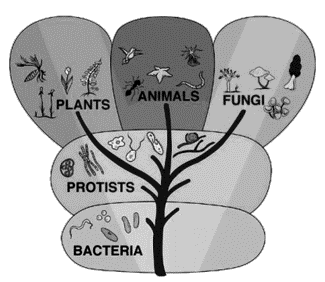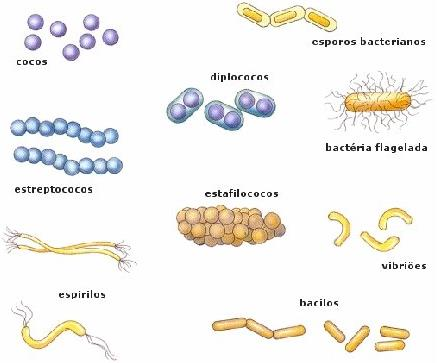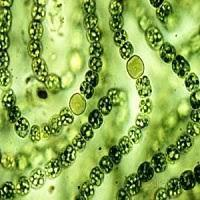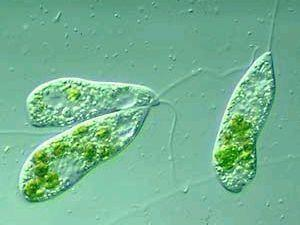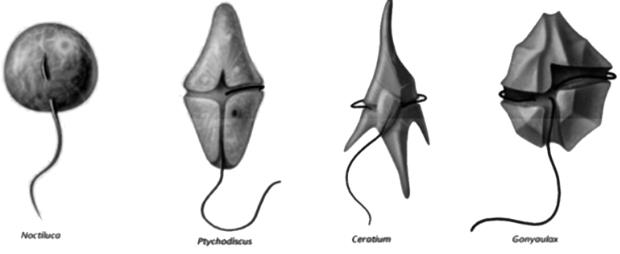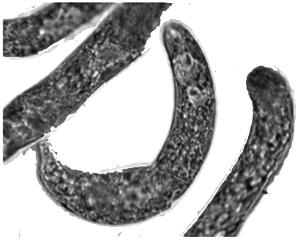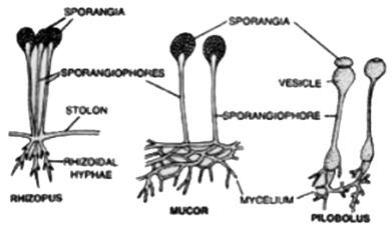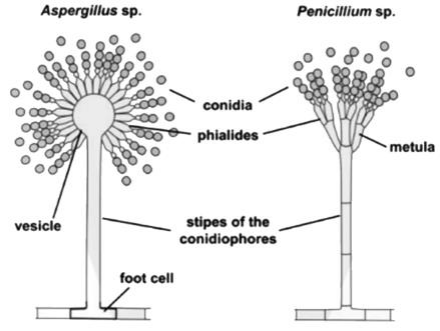Biology Notes for Chapter 2 Biological Classification Class 11 - FREE PDF Download
FAQs on Biological Classification Class 11 Biology Chapter 2 CBSE Notes - 2025-26
1. For a quick recap of Biological Classification, what are the fundamental criteria used in the five-kingdom system?
To summarise the five-kingdom classification by R.H. Whittaker, the main criteria to remember are:
- Cell Structure: Whether the organism is prokaryotic or eukaryotic.
- Body Organisation: Whether it is unicellular or multicellular.
- Mode of Nutrition: Autotrophic (makes its own food) or heterotrophic (depends on others).
- Reproduction: The methods used for propagation.
- Phylogenetic Relationships: The evolutionary history and relationships.
2. What are the key limitations of the two-kingdom system that a summary of biological classification should highlight?
The two-kingdom system (Plantae and Animalia) had major drawbacks because it failed to distinguish between:
- Prokaryotes and Eukaryotes: Bacteria were placed with plants.
- Unicellular and Multicellular organisms: Organisms like Amoeba were grouped with animals.
- Photosynthetic and Non-photosynthetic organisms: Fungi, which are heterotrophs, were placed in the plant kingdom.
3. What is the best way to revise the key characteristics of all five kingdoms quickly?
The most effective revision technique is to create a comparison table. Make columns for each kingdom (Monera, Protista, Fungi, Plantae, Animalia) and rows for key features like 'Cell Type', 'Cell Wall Composition', 'Nuclear Membrane', 'Body Organisation', and 'Mode of Nutrition'. Filling this out helps in quick, visual revision and retention of differences.
4. When making revision notes for Kingdom Monera, what are the essential points to include?
For a concise summary of Kingdom Monera, focus on these core points:
- They are prokaryotic organisms.
- They lack a true nucleus and other membrane-bound organelles; genetic material is in a region called the nucleoid.
- Most are unicellular.
- The cell wall is made of peptidoglycan (except in Archaebacteria and Mycoplasma).
- Key examples to remember are bacteria, cyanobacteria (blue-green algae), and mycoplasma.
5. What is a helpful way to structure revision notes for Kingdom Protista to avoid confusion between its different groups?
To keep the groups in Kingdom Protista clear, structure your notes by its major divisions. For each group (Chrysophytes, Dinoflagellates, Euglenoids, Slime Moulds, Protozoans), note down just one unique feature and one example. For instance:
- Chrysophytes: Silica cell walls (diatoms).
- Dinoflagellates: Two flagella, cause red tides (Gonyaulax).
- Euglenoids: Mixotrophic nutrition (Euglena).
- Slime Moulds: Saprophytic, form aggregates called plasmodium.
- Protozoans: Heterotrophic predators or parasites (Amoeba, Paramoecium).
6. To summarise Kingdom Fungi effectively, what are the most important characteristics to remember?
When revising Kingdom Fungi, your summary must include these key identifiers: they are eukaryotic, primarily multicellular (except yeast), and have a cell wall made of chitin. Their mode of nutrition is strictly heterotrophic (saprophytic, parasitic, or symbiotic). Their body consists of thread-like structures called hyphae, which form a network called a mycelium.
7. What key differences between Kingdom Plantae and Animalia are most important to remember for a quick chapter summary?
For a quick revision, focus on three primary differences:
- Cell Wall: Present in Plantae (made of cellulose); absent in Animalia.
- Mode of Nutrition: Plantae are primarily autotrophic (perform photosynthesis); Animalia are heterotrophic (ingest food).
- Mobility: Plants are generally non-motile or sessile, while most animals are motile.
8. Why are viruses, viroids, and lichens considered separately in biological classification revision notes?
These are studied separately because they do not fit into any of the five kingdoms. A key point for revision is that they are not truly 'living' in the same sense as cellular organisms.
- Viruses are acellular, consisting of genetic material (DNA or RNA) inside a protein coat. They are inert outside a host cell.
- Viroids are even simpler, being just infectious RNA particles without a protein coat.
- Lichens are not single organisms but a symbiotic association between a fungus and an alga.
9. What is a common misconception about unicellular organisms when revising biological classification?
A frequent point of confusion is assuming all unicellular organisms belong to Kingdom Protista. It is crucial to remember that Kingdom Monera contains all unicellular prokaryotes (e.g., bacteria), whereas Kingdom Protista is reserved for unicellular eukaryotes (e.g., Amoeba, Euglena). The presence or absence of a true nucleus is the key differentiator.
10. How does the mode of nutrition serve as a primary basis for differentiating the kingdoms in a concept map?
In a concept map for biological classification, the mode of nutrition is a crucial branching point. It clearly separates the major kingdoms:
- Kingdom Plantae: Primarily photosynthetic autotrophs.
- Kingdom Fungi: Heterotrophs with an absorptive mode of nutrition.
- Kingdom Animalia: Heterotrophs with an ingestive mode of nutrition.

























